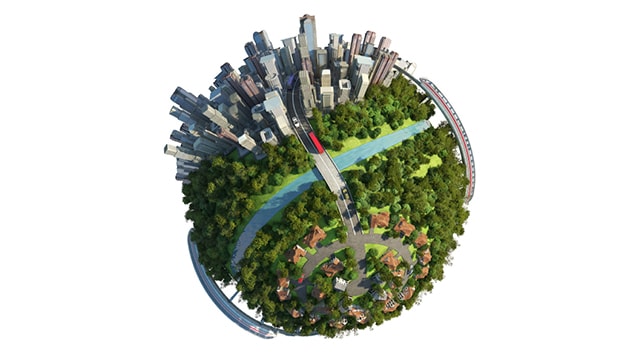Consulting services for industries has been saved

Close
Financial services

Close
ER&I

Close
Consumer

A consumer products company seeks increased clarity on sustainability data to build trust with stakeholders
false

Close
LS & health care

The founders’ bold vision for their biotech startup includes a trusted service provider
false

Close
Financial services

Close
ER&I

Close
Consumer

Close
LS & health care

Software validation shores up the tech that stores a pharmaceutical company’s vital data inside
false

Close
Financial services

Close
LS & health care

Close
Financial services


























